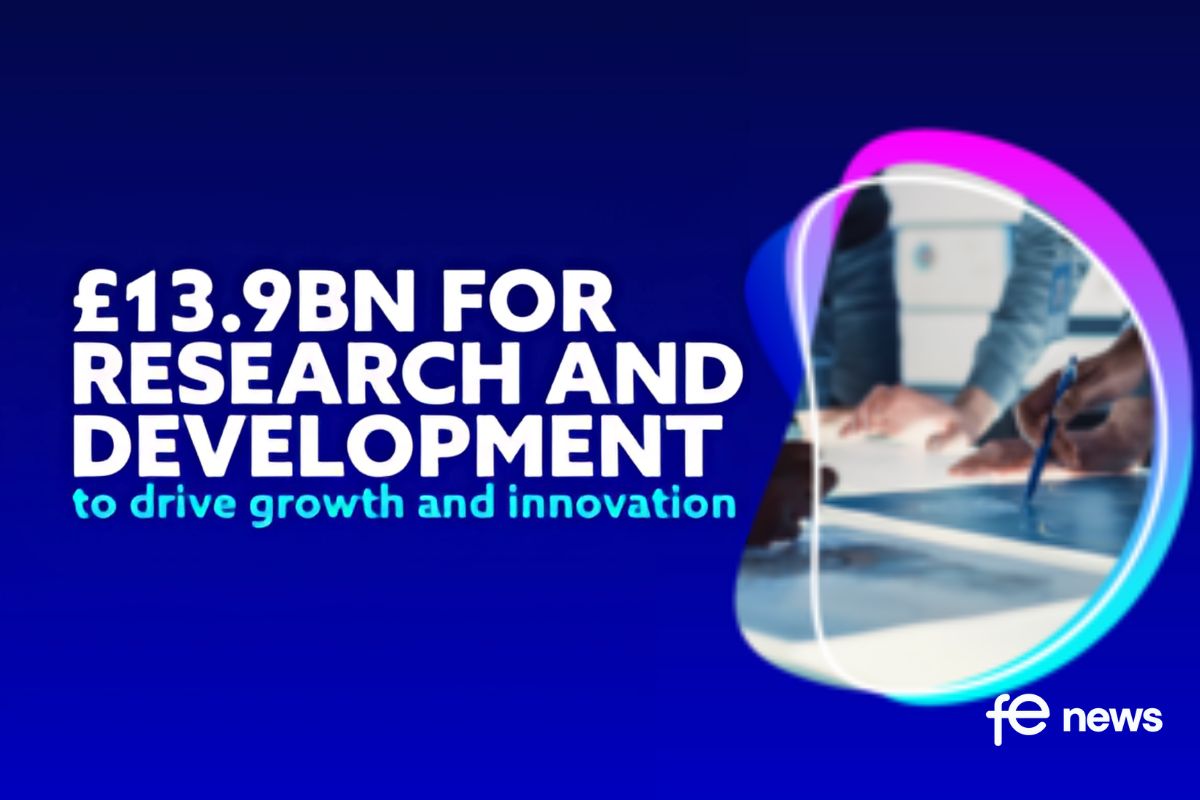Friday Thought: Leadership – What it is and what it is not

A question that I have grappled with for many years is – what is leadership? It is such a simple question but a question that baffles so many theorists and social science experts. Some common leadership styles are:
- Coerciveness
- Authoritarian
- Democratic
- Coaching
At the moment it can be argued that New Zealand’s Prime Minister is the most effective leader on the planet, Jacinda Ardern’s leadership style isn’t just booming with her people, it’s putting the country on track for success against the coronavirus.
What she hasn’t done is resign or leave her post at a time when her people need her, as the old saying goes ‘The captain goes down with the ship’, in a social context, the captain will feel compelled to take this responsibility as a social norm. True leaders do not exit stage left when needed.
The coronavirus pandemic may be the largest test of organisational leadership the world has ever seen. Every leader is facing the same potential threat, every leader is reacting differently, in his or her own style. And every leader will be judged by the results. Therefore, it must be apparent that if a leader resigns their post at a time where their organisation / staff / members need them, then this informs us of their character.
So back to the question – what is leadership?
There are hundreds of definitions of leadership. If you ask eleven people for a definition of leadership, you’re likely to get more than eleven answers. What is it we actually mean by “leadership?”
The way leadership is defined is as a set of behaviour’s that leaders exercise to influence organisational members to achieve a higher alignment on the direction that the organisation is taking, to achieve a better execution of the strategy, and for the organisation to continuously renew itself.
I am a great advocate in ‘Servant leadership’, this is those leaders that focus on meeting the needs of the team. It’s revolutionary as they take the traditional power leadership model and turn it completely upside down. They put people / employees at the very top and the leader at the bottom, charged with serving the employees above them. I have practiced this for many years, and I serve my staff to ensure that they have the tools available to them to perform to strategic direction of the organisation. And if they don’t have the tools, then I will find them the tools to do their job. I tend to be focused on empowering and uplifting staff.
I am serving rather the commanding or being dictatorial, I show humility instead of brandishing authority, and I always look to augment the development of people / staff to create a sense of purpose and to empower staff to grow and be creative. I have also been an advocate of creating low-risk spaces for employees to think of new ideas and to use a ‘Sand-Pit’ to play and to create, with the knowledge that this will support their growth and their own development.
Post COVID-19 leaders must embrace a new agenda—one aimed squarely at what comes next, and one that deals with new ways of working, new ways of learning and new ways of ensuring the organisation grows in ways that it didn’t have to before COVID-19, business has a vital role to play in bolstering the economy, and developing solutions and new innovations. This is the same for training providers, we all must embrace the changing world, especially post COVID-19 and how the future will look, one thing I have championed and mentioned before is ‘future proofing and horizon scanning’. Some leadership traits that I foresee being of vital importance in the post COVID-19 world are:
- Openness (having a clear openness index agenda for all)
- Fact-Based Communication
- Compassion
- Being flexible
- Being an active listener.
With this I see thought leadership as being a key move to ensuring success post COVID-19.
“Real knowledge needs to be continually learned and re-learned as customer expectations and circumstances change – in other words a systematic approach to improvement must be adopted”. (Deming. W. (2003), pp 11). To me this is as important as ever now, continuous learning in the workplace must become the new norm if individuals and companies want to stay ahead. This places a different demand on some leaders, that of being a facilitator and a ‘servant’.
What is of great importance is that leaders keep an eye on the future (future proof and horizon scan), create a safe space for staff to learn, become servants to their staff by cultivating an approach where this can be the norm and by always maintaining a positive attitude.
A final thought about what leadership is not – it is not about leaving an organisation where staff, your supply chain and members need you.
What are your thoughts on leadership, especially post COVID-19, and what leadership isn’t?
Patrick Tucker
Head over to the Promote-ed forum to contribute to our Friday thought leadership article.












Responses